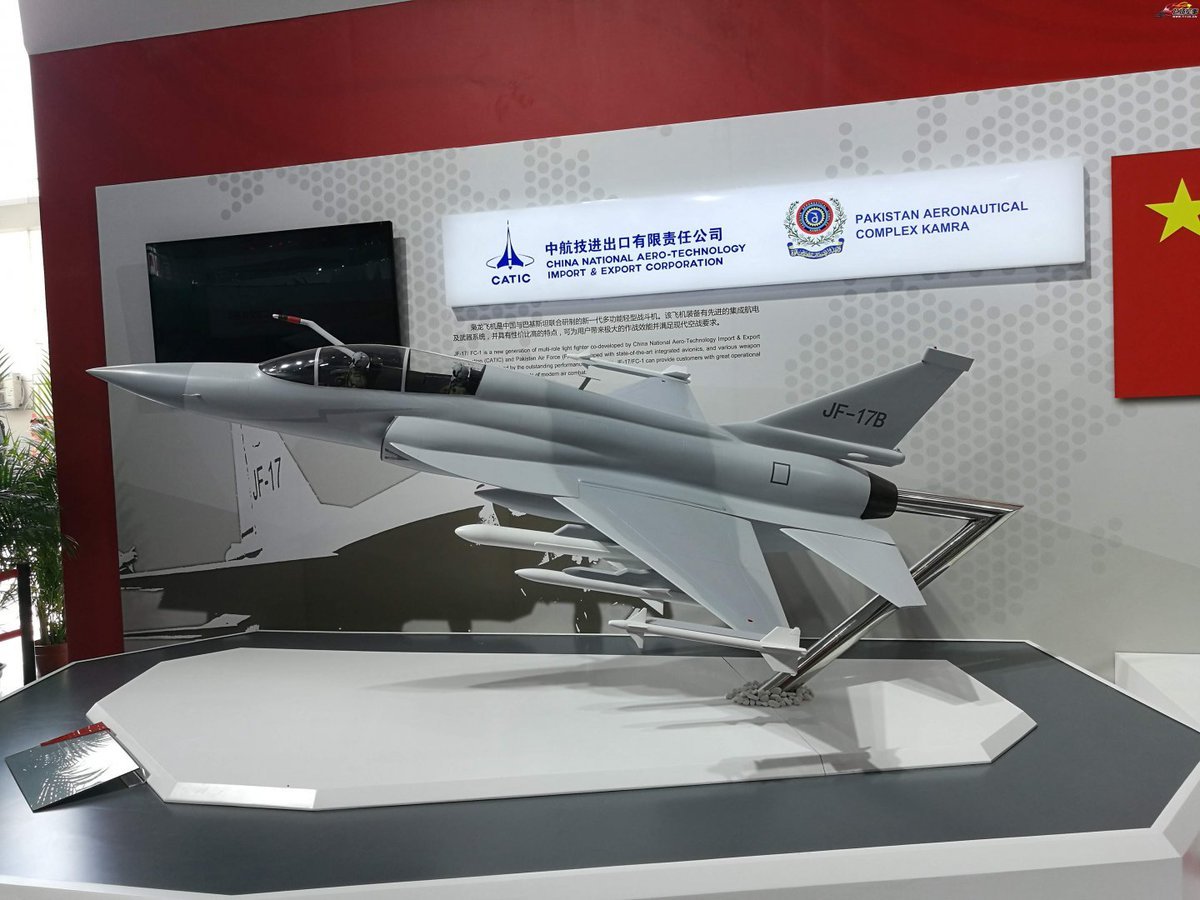It looks like Rafale with single engine if u see front with canopy its looks more cool than single Seat JF 17Block 3 should be all 2 Seaters
Time to move into the 2 Seater class

The New PODS and rear pilot adds some more gains for , block 3
AESA / 2nd Officeer / Enhanced ground operations and Lethal new Engine just loaded with Power , this new Block 3
I have been in love since I have seen this 2 seater model

Last edited:







